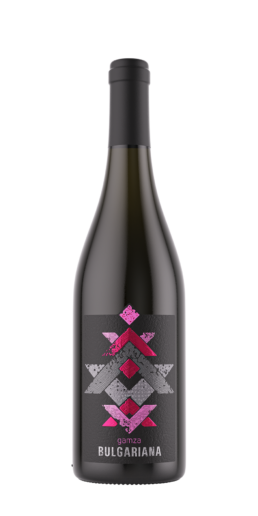
Potassium Sorbate is a salt of sorbic acid, which is naturally occurring in various fruits and vegetables. Its antimicrobial properties help to sterilize and preserve wine, inhibiting bacterial growth and refermentation after bottling. It is approved by the FDA and Green Chemicals Handbook.
Sulfites (SO2) are primarily used as an antioxidant and antiseptic. Winemakers have been using Sulfur dioxide arguably since Roman times, when Sulfur candles were held into empty clay wine vessels called amphorae. SO2 is also a natural byproduct of yeast alcoholic fermentation. Organic wines labelled as having no added sulfites are allowed in quantities up to 100 parts per million (ppm). While it is an allergen to a small fraction of the population (around 1%), the compounds created by the bacteria sulfites protect wine from are arguably worse (ethyl acetate, acetaldehyde, and acetic acid).
Acacia is a substance sourced from shrubs native to Sudan and has been used in winemaking since ancient times. Its chemical structure is similar to naturally occurring polysaccharides (large molecules made of simple sugar molecules) in grapes. It is used to stabilize color, tannin and polyphenols in young wine meant for early consumption.
Tartaric Acid is the primary acid naturally found in grapes. As grapes ripen, the acid levels fall while the sugar levels rise, so it is sometimes necessary to add more tartaric acid to wines made in warmer climates, like the Thracian Valley. Acidity enhances the effectiveness of SO2 in protecting the wine from oxidation as well as preventing the growth of bacteria. It is also used to preserve and stabilize color pigment in red wines.








